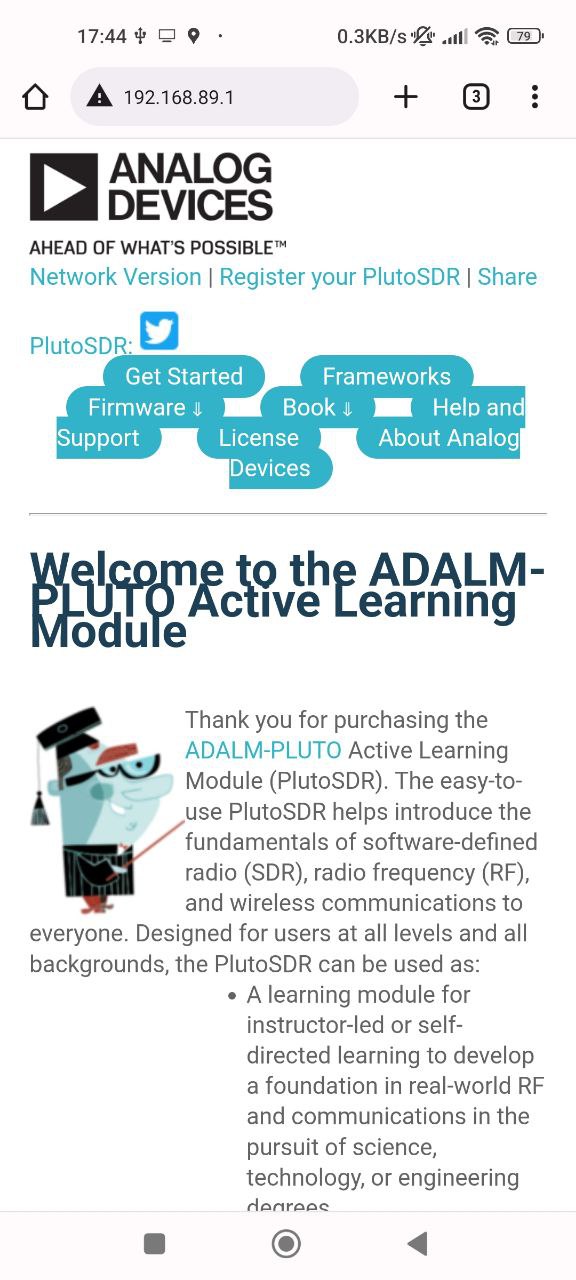Recently I have implemented an FPGA LDPC decoder for a commercial project. The belief propagation LDPC decoder algorithm admits many different approximations in the arithmetic, and other tricks that can be used to trade off between decoding sensitivity (BER versus Eb/N0 performance) and computational complexity. To help me benchmark the different belief propagation algorithms, I have extended my ldpc-toolbox project to implement many different LDPC decoding algorithms and perform BER simulations.
ldpc-toolbox is a Rust library and command line tool for the design of LDPC codes. I initially created this project when I was trying to design a suitable LDPC code for a narrowband 32APSK modem to be used over the QO-100 amateur GEO transponder. The tool so far supported some classical pseudorandom constructions of LDPC codes, computed Tanner graph girths, and could construct the alists for all the DVB-S2 and CCSDS LDPC codes. Extending this tool to support LDPC encoding, decoding and BER simulation is a natural step.
